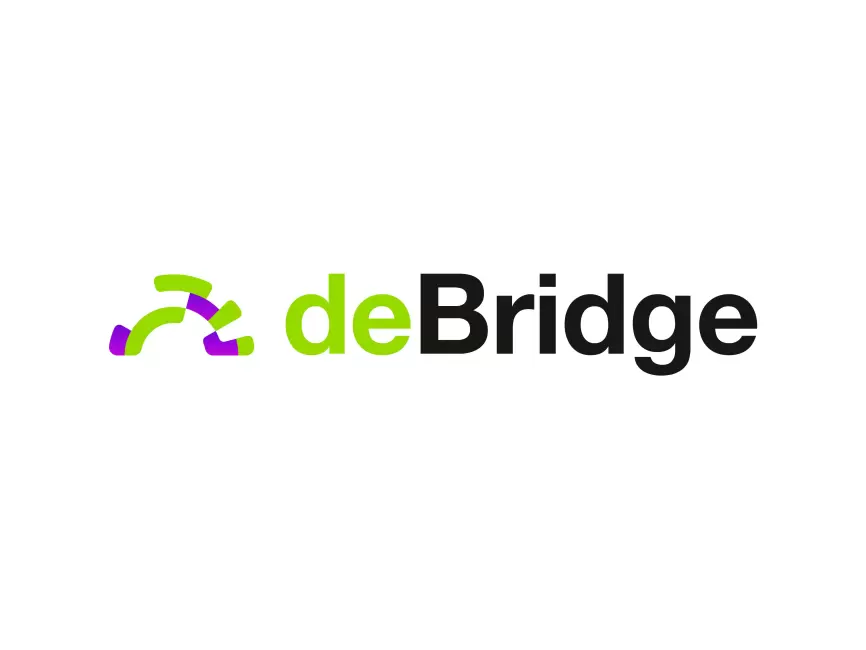So I was noodling around the DeFi space the other day, thinking about how clunky cross-chain swaps used to be. Seriously, it felt like trying to send a letter via carrier pigeon—slow, uncertain, and prone to getting lost in the weeds. Wow! The blockchain world’s evolving fast, yet moving assets across chains still feels like a hassle for many users.
Initially, I thought bridging tokens just meant locking assets on one chain and minting equivalents on another. But wait—there’s so much more under the hood when you dive into the mechanics. On one hand, I get the appeal of simplicity. Though actually, the devil’s in the details: security risks, delays, and sometimes insane fees. These problems make you hesitate before pulling the trigger on any cross-chain swap.
Here’s the thing. The way bridges operate can either make or break your DeFi experience. Some bridges use centralized validators, which immediately raises red flags for me. My instinct says: “If it’s centralized, it’s a single point of failure.” Then again, fully decentralized solutions often struggle with speed or complexity. Hmm… that’s a tough trade-off.
Check this out—debridge finance has been gaining traction for tackling these very issues. They’re not just another bridge; it’s more like a modular, cross-chain liquidity and messaging protocol that feels surprisingly slick and user-friendly. I’m biased, but their approach to combining speed with robust security really stands out.
By the way, have you ever tried swapping assets between Ethereum and Binance Smart Chain? It’s usually a pain, with multiple steps and sometimes sketchy tools. With debridge finance, the process is streamlined—faster confirmations, lower fees, and a neat interface that doesn’t make you feel like you need a PhD in blockchain to figure it out.
What Makes a Blockchain Bridge Actually Safe?
Honestly, security is what bugs me the most with cross-chain bridges. Every few months we hear about exploits and millions lost to hacks. Really? In 2024, we should be way past that. But here’s the catch: cross-chain technology is inherently complex. You’re trusting smart contracts on multiple blockchains, validators, and sometimes complex cryptographic proofs.
Initially I thought that just auditing the smart contracts would be enough. Nope. You gotta think about the entire ecosystem—the validators, oracle data, and how consensus is reached across chains. Actually, wait—let me rephrase that. It’s like building a bridge between two cities, but the workers and inspectors are in different countries, speaking different languages. Coordination is crucial.
debridge finance leverages a decentralized set of validators combined with a robust governance model that minimizes centralized risks. It’s not perfect, but it’s a solid step forward. Plus, their focus on composability means developers can build on top of their protocol, opening cool possibilities for cross-chain DeFi products.
Something felt off about older bridges that just focused on token transfers without considering messaging or complex data. debridge finance’s messaging layer allows protocols to send arbitrary data across chains—not just tokens. This opens doors for multi-chain smart contract interactions that are way more powerful.
Oh, and by the way, this kind of cross-chain interoperability is exactly what’s needed to unlock the next wave of DeFi innovation—think about orchestrating trades, loans, and yield farming seamlessly across different chains without jumping through hoops.
Why Speed and User Experience Matter More Than Ever
Okay, so check this out—speed isn’t just a nice-to-have. It can make or break user adoption. Long waits for confirmations? Users bail. High fees? Same story. I get that underlying blockchains have their own limits, but bridges can optimize how they batch, validate, and confirm transactions.
debridge finance uses an efficient protocol that speeds up cross-chain swaps without sacrificing security. They’ve optimized validator consensus and transaction batching, which means users feel the difference right away. No more nail-biting waits or wallet sweating over gas fees.
Personally, I’ve tried a few bridges, and the difference is night and day. Some bridges make you feel like you’re in a slow-moving line at the DMV. Others, like debridge finance, feel like a drive-thru with no wait. This UX difference encourages more frequent use and deeper engagement with cross-chain DeFi.
That said, I’m not 100% sure all these optimizations will scale flawlessly as chains continue to evolve, but the direction is promising. The team’s transparent roadmap and active community give me some confidence.

What’s Next? The Cross-Chain Landscape Is Just Heating Up
Cross-chain swaps are the backbone of multi-chain DeFi ecosystems. Without reliable bridges, the dream of a truly interconnected blockchain world remains a pipe dream. I keep wondering—how will these bridges handle the surge in new chains, Layer 2 solutions, and evolving standards?
One thing’s clear: protocols like debridge finance are setting the stage for more secure, faster, and user-friendly cross-chain experiences. They’re tackling problems that have dogged the space for years, and that’s exciting.
Still, I can’t help but think there’s a long road ahead. We need better cross-chain governance, unified standards, and more education for end-users. But given how quickly this space moves, I wouldn’t bet against debridge finance becoming a key player in making blockchain bridges as trustworthy and seamless as traditional financial rails.
At the end of the day, if you’re someone who needs a safe and fast cross-chain bridge (and who isn’t these days?), checking out their platform might just save you a headache or two. And honestly, that’s worth a lot.
FAQ
What is a cross-chain swap?
A cross-chain swap lets you exchange tokens from one blockchain to another seamlessly, without needing centralized exchanges or multiple manual steps.
How does debridge finance improve cross-chain swaps?
debridge finance offers a decentralized, fast, and secure protocol that not only transfers tokens but also enables cross-chain messaging, making complex multi-chain interactions possible.
Is using a blockchain bridge safe?
While no system is 100% risk-free, decentralized validators, audited smart contracts, and robust governance (like those in debridge finance) significantly reduce security risks compared to older bridge designs.
